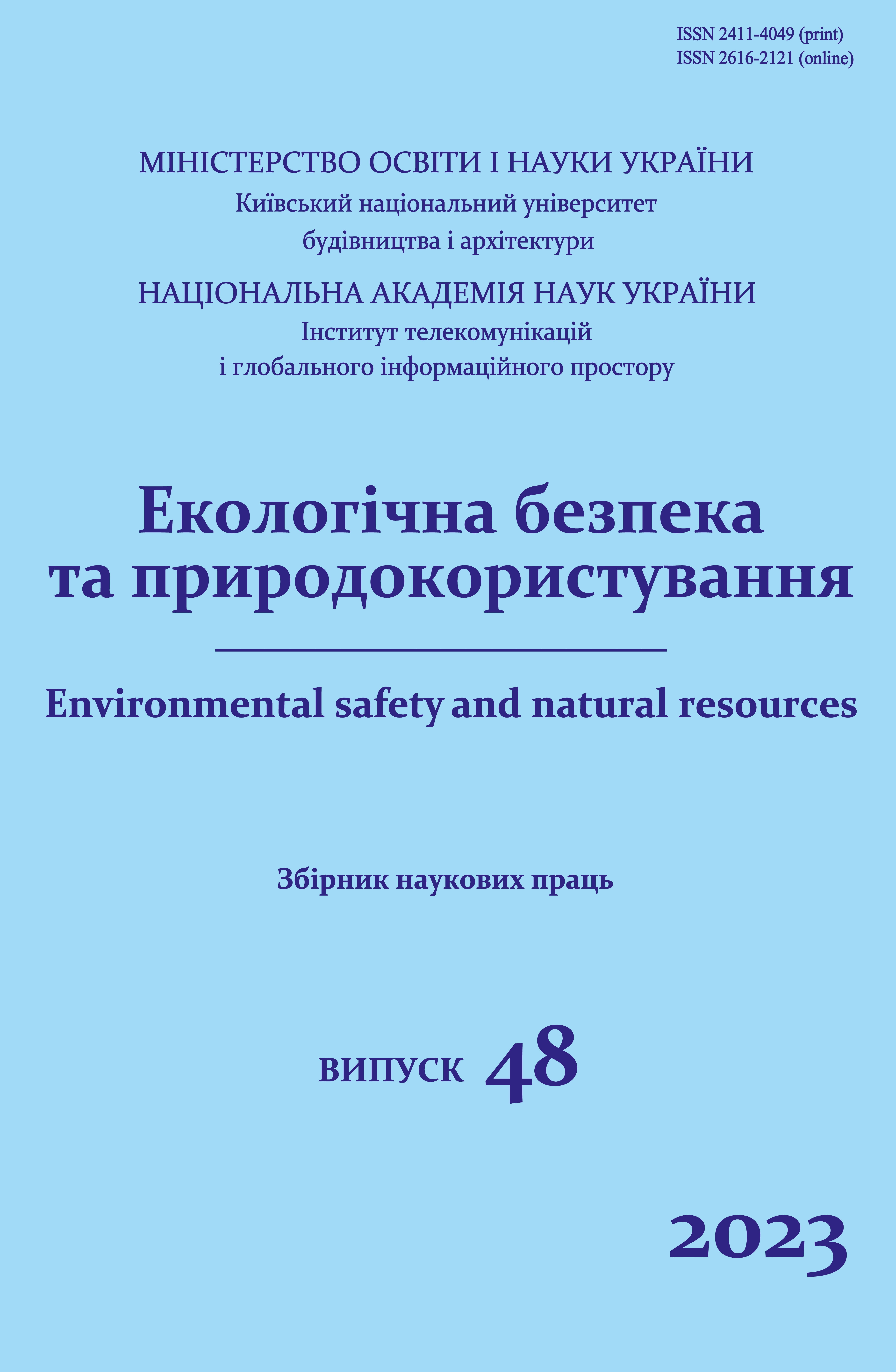The effect of using of organic and mineral origin raw materials in agriculture on soil fertility
DOI:
https://doi.org/10.32347/2411-4049.2023.4.74-80Keywords:
soil, cotton, organic-mineral complex, fertilizer, fertilityAbstract
The presented work relates to ecology, chemical technology, in particular, methods for the production of fertilizers from sewage sludge and agriculture.
The scale of production activity increases with population growth, so the problem of optimizing the interaction between man and nature is relevant and its solution is of great importance in improving the environment. Wastewater is one of the by-products of anthropogenic activities. When it is cleaned, a precipitate (sludge) is formed. The volume and the toxicity of sludge are, of course, increasing due to urban growth and the intensification of industrial production. About 25-30 kg of dry sediment is formed per person per year in European countries.
There is no single rational and environmentally safe, currently tested technology for sludge disposal in our republic, and its appearance is unlikely to be created shortly since the sediments of different treatment facilities have different physicochemical and biological properties, as well as entirely different qualitative and quantitative compositions of elements.
Purifying and disposing of such waste (sludge) is a serious environmental problem. The main principles of its solution are a set of environmental and economic interests of society, environmentally safe disposal and use of sludge, and their involvement in the economic cycle. The problem of using waste for fertilizer has various aspects and it is inseparable from the problem of soil fertility and ecology.
The exceptional importance of organic matter in increasing soil fertility has long been known. In this regard, application of organic-mineral complexes that affect the productivity and quality of plants, determination of effective fertilizer norms and application of new technologies are an urgent issue and are of great theoretical and practical importance.
The fertility of the soil is very dependent on the intensity of the biological processes taking place in it. Sufficient moisture, organic matter and a favorable reaction of the soil solution are required for the activity of microorganisms in the soil.
He worked on the technology of organic-mineral complex preparation and applied it under agricultural plants (cotton) in order to achieve the set goal in the direction of solving this issue.
References
Babayev, A.H., & Osmanova, S.A. (2016). Effect of soil cultivation and fertilizers on the degree of soil fragmentation under irrigation conditions. Agrarian science of Azerbaijan, 5, 20-31.
Alosmanov, M.S., Aliyev, A.A., Mammadov, M.I., Jabbarova, Z.A., Jafarov, V.I., Abbasov, O.R., Baloglanov, E.E., Alosmanova, V.M., Yolchuyeva, U.C., & Gafarova, O.O. (2022). Effect of organic-mineral complexes prepared on the basis of local raw materials and wastes on the development of cotton plants against the background of mineral fertilizers. In Proceedings of the virtual international scientific-practical conference on "Current problems of modern agricultural and biological sciences: global challenges and innovations" (pp. 225-229). Agricultural Research Institute of the Ministry of Agriculture of the Republic of Azerbaijan. Baku.
Aliyev, Ad.A., Abbasov, O.R. (2016). Igneous shales of Azerbaijan and their fields of application. Earth and man., 6, 45-51.
Aliyev, Ad.A., & Abbasov, O.R. (2019). Mineralogical and geochemical proxies for the Middle Eocene oil shales from the foothills of the Greater Caucasus, Azerbaijan: Implications for depositional environments and paleoclimate. Mineralia Slovaca, 157-174.
Babayev, M.P., Gurbanova, E.A., Ramazanova, F.M., & Najafova, S.I. (2022). Lands of the Republic of Azerbaijan. Baku: "MSV Nashr" LLC. P. 63-66.
Hasanov, Y.C. (2011). Agrophysical properties of natural and anthropogenic soils of Ujar support station. In Azerbaijan Reclamation and Water Management Open Joint-Stock Company AzHveM EIB Scientific Works (Vol. XXXI, pp. 168-172). Baku, Science.
Movsumov, Z.R. (1978). Nitrogen in agriculture in Azerbaijan. Baku.
Mammadov, G.S. (2007). The basics of soil science and soil geography. Baku: Science publishing house. P. 361-366.
Mangrich, A., Tessaro, L., Dos Anjos, A., et al. (2001). A slow-release K+ fertilizer from residues of the Brazilian oil-shale industry: synthesis of calcilite-type structures. Env. Geol., 40, 1030-1036.
Mammedov, M.I., & Mammedova, S.A. (2021). Wagging joint application of mineral fertilizers with bentonite to the soil in order to prevent the loss of nutrients and the transition of their digestible forms. Agrochemical Bulletin, 54-59.
Turbas, E. (1992). Use of oil-shale ashes as a lime fertilizer in Estonia. Oil Shale, 9 (4), 301-309.
Taghiyev, R.A. (1986). Some issues of improving the technological quality of cotton fiber. Agricultural science news, 2, 19-22.
Zeynalov, S.B. (1997). The effect of various organic wastes on the productivity of corn in the conditions of meadow-forest soils. Agrarian science of Azerbaijan, 1-2, 31-33.
Zamanov, P.B. (n.d.). Effectiveness of organic fertilizers obtained from the recycling of common waste in Azerbaijan in agriculture. A collection of works on soil science and agrochemistry, 23 (1-2), 283-288.
Retrieved from https://www.stat.gov.az
Downloads
Published
How to Cite
Issue
Section
License
Copyright (c) 2023 Jafarov V.I.

This work is licensed under a Creative Commons Attribution 4.0 International License.
The journal «Environmental safety and natural resources» works under Creative Commons Attribution 4.0 International (CC BY 4.0).
The licensing policy is compatible with the overwhelming majority of open access and archiving policies.

